Think of the Mind Like a Bottle of Soda
Most of us have shaken up a bottle of soda, tried to open it and have it explode everywhere. But the bottle doesn’t have to explode. If we open the cap slowly, we can valve off some of the pressure a little at a time to make opening the bottle more manageable.
In this way, the mind is like that bottle of soda. Life shakes us up, building pressure and if we’re not able to valve off that pressure, it’ll lead to an explosion.
This simple analogy has guided Hope for the Day’s mental health education as a central component of their program The Things We Don’t Say. According to their Education Lead Allison Herman, it makes the conversation about mental health more accessible because of its relatability.
“The way that a lot of people learned about the brain in school was very biology based, not functional,” Herman said. “So the soda bottle analogy takes out a lot of that abstract thinking and makes it really concrete for people.”
By using a real-world experience, it frees them from the medical vernacular often used when discussing mental health. This makes it easier to talk about, helping to get rid of the stigma surrounding mental health.
Herman said she’s seen it work in a variety of settings from the workplace to classrooms and with families. People of different ages, backgrounds and professions are able to understand the analogy and what’s what makes it useful and successful.
The analogy helps people explain what’s shaking their bottle. External and internal factors can shake up the bottle. External factors are things that happen in the world that are often out of our control. This could include anything from a problem at work to a family matter.
Internal factors are things that are bothering us that are just that, internal. This can include mental illnesses. Mental illnesses can be thought of in the same way as any other medical diagnosis. Herman gave diabetes as an example — it’s something that can be managed and doesn’t prevent individuals from leading a fulfilling life.
But sometimes your bottle just gets shaken up and you don’t know why, which was what was happening to Herman before she learned about how to let out some of the pressure.
“I was just used to the explosions over and over again until someone taught me how to valve,” Herman said.
Valves are how we let out some of the pressure we’re experiencing.
Valves can be anything from a creative outlet like painting or playing guitar to going for a walk outside. They are self-care activities that help you center yourself. These forms of self-expression aren’t a competition — you don’t have to be the best artist for your creations to matter. As long as the activity is healthy and brings you joy, that will help release that pressure.
Even just speaking about what’s shaking your bottle can help relieve the pressure. Sharing your experiences helps to feel like you’re not alone.
Sometimes, despite the best efforts, the valves stop working like they have before and that’s okay. The pressure might be greater than you’ve experienced before. It’s okay to ask for help to relieve that pressure.
It can be difficult to manage the pressure on your own, which is why there are resources available to help.
When a soda gets shaken up, oftentimes you can just get a new one, but as Herman pointed out that’s not the case with our brains.
“You can’t get another brain … so we’re working with what we have in front of us — kind of like there are no more soda bottles in the vending machine,” Herman said.
It’s ok not to be ok. Resources near you can be found at www.hftd.org/find-help.
